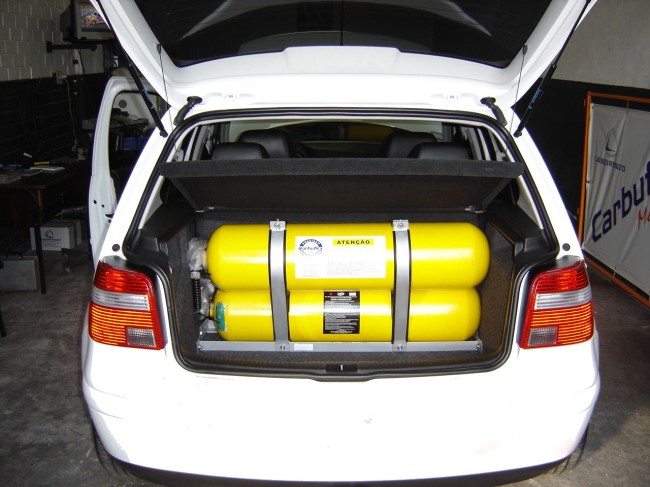There have been many new developments in the realm of natural gas over the past few years. One of the most ground breaking new inventions is the ability for Natural Gas to be used in power generation. Originally Natural Gas was converted into energy in a typical combustion system. However, with the advancement in technology the excess heat given off from the combustion cycle can now be funneled through a heat transfer system that reacts with water, causing it to boil and become steam. This steam is then utilized to power a secondary generator. Thus, generating twice as much electricity as the tradition combustion process. This increase in efficiency can dramatically increase the level of electricity that can be created using Natural Gas.
This link provides one example of one of these new systems. Heat Capture System
For a more detailed description of the process, the U.S. Environmental Protection Agency has released a brief description of the process.
While being able to harness electricity from Natural Gas is a vital leap forward, this is only one sector and we have to expand the use of this resource to encompass a greater aspect of our energy sector.
While there have been many advancements in electricity generation, Natural Gas is also helping to reshape the automotive industry. The complex process of using Natural Gas as an automotive fuel begins by firstly cooling the gas into its liquid form or compressing it. The cooling process requires the temperature of the gas to reach -260 degrees fahrenheit before it transforms into a liquid. The new LNG(Liquid Natural Gas) must be kept cool for it to remain a liquid. The compressed gas must be kept in a pressurized tank. LNG is a more efficient fuel source because it is denser then traditional Natural Gas and therefore stores more energy per unit. Traditionally the LNG will be stored in double insulated vacuum sealed containers similar to Compressed Natural Gas (CNG).
Below is an example of how this gas would be stored in a commercial vehicle. Many companies are in the process of designing prototype vehicles with expected release dates within the next decade. These vehicles will be either LNG as previously mentioned or a less costly process of compressed natural gas.
Manufactures have found that CNG many be more efficient for passenger cars where LNG would be preferable to larger transportation vehicles such as trucks.
The idea of Natural Gas has become so prominent, Shell has recently announced it will be adding LNG and CNG to its portfolio of energy resources.
As the technology matures and new breakthroughs are made, I believe that we will see further development of Natural Gas in both the industries of power generation and as fuel source for vehicles. There are many exciting research proposals waiting to be funded and it seems like there is very little Natural Gas cannot replace.

